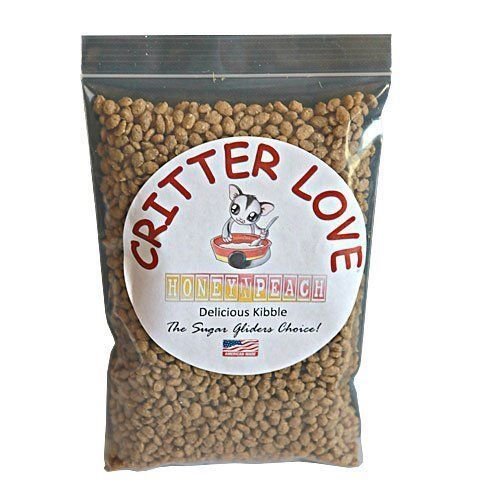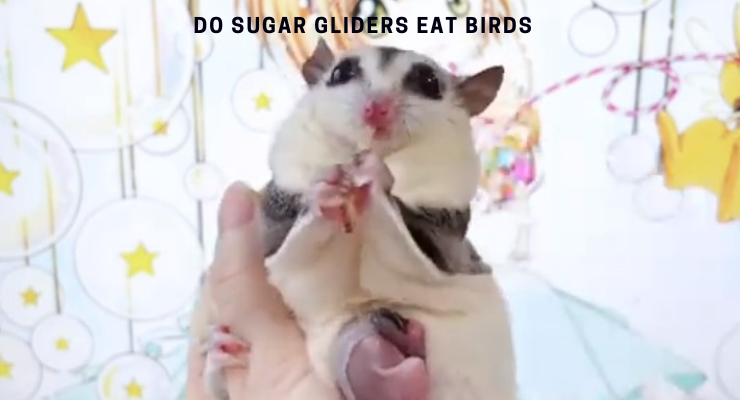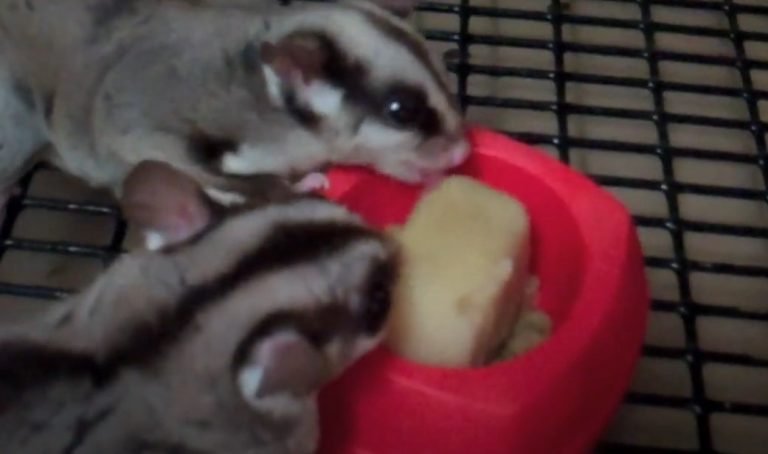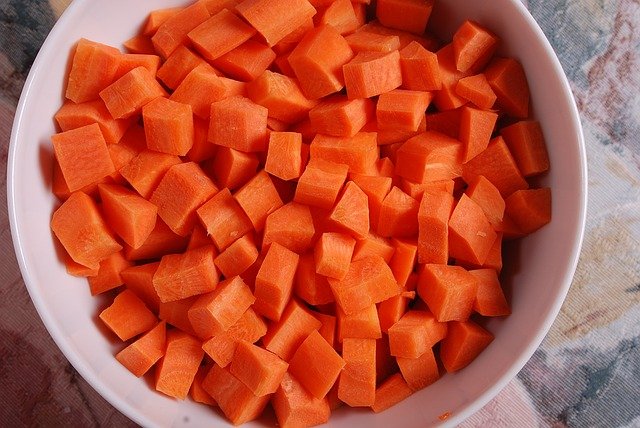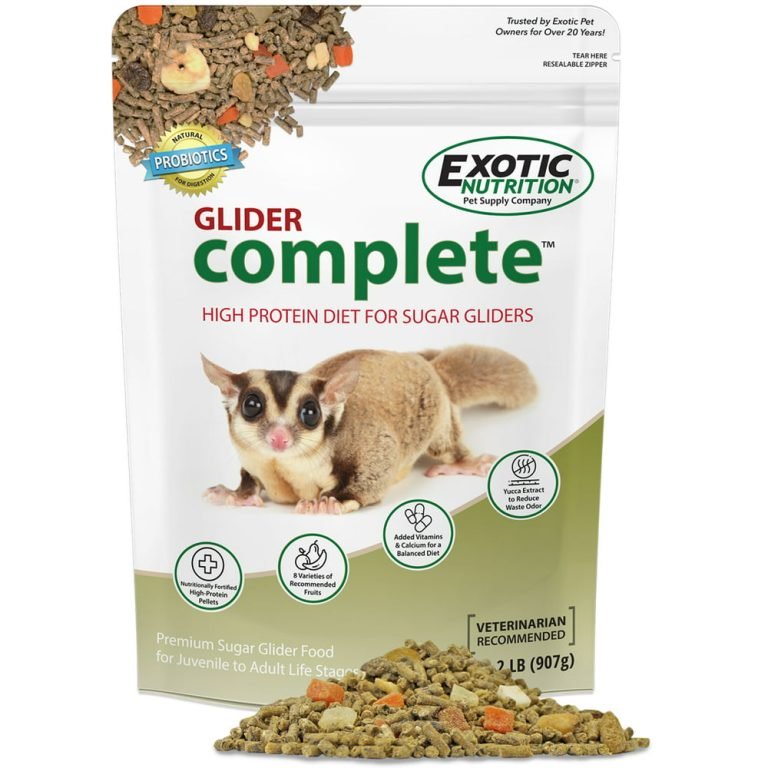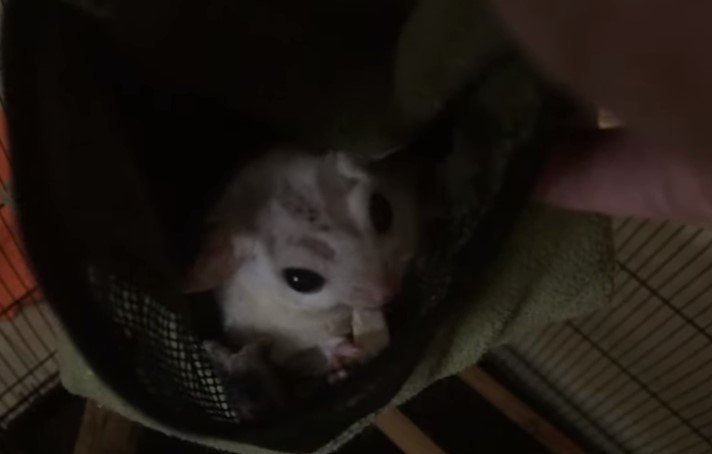Sugar Glider Kibble
Sugar glider kibble is a specialized food designed to meet the unique dietary needs of sugar gliders, small marsupials native to Australia, Papua New Guinea, and Indonesia. This article will provide a detailed overview of sugar glider kibble, its benefits, how to choose the right kibble, and tips for feeding sugar gliders a balanced diet.
What is Sugar Glider Kibble?
Sugar glider kibble is a commercially available food specifically formulated to provide essential nutrients for sugar gliders. It typically comes in the form of small, bite-sized pellets that resemble dry cat food. This kibble is designed to replicate the nutritional content of the sugar gliders’ natural diet in the wild, which primarily consists of insects, nectar, and tree sap.
The Benefits of Sugar Glider Kibble
There are several benefits to feeding sugar gliders kibble as part of their diet:
1. Convenience: Sugar glider kibble is convenient and easy to store, as it has a long shelf life and does not require refrigeration.
2. Nutritional Balance: Good quality sugar glider kibble typically provides a balanced combination of proteins, fats, carbohydrates, vitamins, and minerals, ensuring that your pet receives all the necessary nutrients.
3. Digestive Health: Kibble formulation often includes ingredients that promote healthy digestion in sugar gliders, such as prebiotics or probiotics.
4. Dental Health: The act of chewing kibble helps to keep a sugar glider’s teeth clean and healthy, preventing dental issues that can arise from a soft or pureed diet.
5. Behavioral Enrichment: The physical activity involved in manipulating and eating kibble encourages natural foraging behavior in sugar gliders, stimulating their mental and physical well-being.
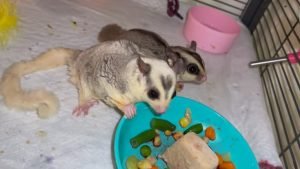
Choosing the Right Sugar Glider Kibble
When selecting sugar glider kibble, it’s essential to choose a reputable brand that meets the nutritional requirements of these exotic pets. Here are some things to consider:
1. Ingredients
Look for a kibble that contains high-quality ingredients. The first ingredient should ideally be a source of animal protein, such as chicken or insects. Avoid kibbles with filler ingredients like corn, wheat, or soy, as these may not provide the necessary nutrients for sugar gliders.
2. Nutritional Composition
Check the nutritional composition of the kibble to ensure it meets the specific requirements of sugar gliders. It should provide adequate protein, moderate amounts of fat, and a balance of vitamins and minerals. Avoid kibbles that are excessively high or low in any specific nutrient.
3. Allergies and Sensitivities
Consider any known allergies or sensitivities your sugar glider may have. Some gliders may be allergic to certain ingredients, such as peanuts or preservatives. If your pet has any dietary restrictions, consult with a veterinarian to find a suitable kibble.
4. Trusted Brands
Stick to trusted brands that specialize in exotic pet nutrition and have a good reputation. Look for brands that have conducted research and testing to ensure the safety and effectiveness of their kibble.
Tips for Feeding Sugar Gliders a Balanced Diet
While sugar glider kibble forms an essential part of their diet, it should be supplemented with other foods to create a balanced and varied menu. Here are some tips for feeding sugar gliders:
1. Fresh Fruits and Vegetables: Provide a variety of fresh fruits and vegetables to supplement the kibble. Offer a mix of leafy greens, berries, melons, and other fruits rich in vitamin C and antioxidants. Avoid avocado, citrus fruits, grapes, and high-sugar fruits.
2. Protein-Rich Foods: Offer small portions of cooked lean meats, such as chicken or turkey, as a source of additional protein. Other protein options include mealworms, crickets, and boiled eggs.
3. Calcium and Vitamin D: Sugar gliders require adequate calcium and vitamin D for healthy bones. Calcium supplements, cuttlebones, or calcium-rich foods like steamed broccoli can be included in their diet.
4. Limit Treats: While treats can be a part of a sugar glider’s diet, they should be given sparingly. Too many treats can lead to weight gain and nutritional imbalances.
5. Fresh Water: Provide fresh, clean water to your sugar glider at all times. Using a water bottle with a sipper tube is recommended to prevent contamination.
Frequently Asked Questions
1: How much sugar glider kibble should I feed my pet?
The amount of sugar glider kibble recommended varies depending on factors such as the age, weight, and activity level of your pet. As a general guideline, approximately ¼ to ⅓ cup of kibble per glider per day is sufficient. However, it’s essential to monitor your pet’s weight and adjust the portion size accordingly.
2: Can I feed my sugar glider only kibble?
While sugar glider kibble provides essential nutrients, it’s important to offer a varied diet that includes fresh fruits, vegetables, and protein-rich foods. Feeding only kibble may result in a lack of dietary diversity and potential nutrient deficiencies.
3: Can I make homemade sugar glider kibble?
It’s generally not recommended to make homemade sugar glider kibble, as it can be challenging to achieve the right nutritional balance. Commercially available kibble specifically formulated for sugar gliders is a safer and more convenient option.
Final Thoughts
Feeding your sugar glider a balanced diet is crucial for their overall health and well-being. Sugar glider kibble serves as a convenient and nutritious base for their diet, but it should be supplemented with fresh fruits, vegetables, and other protein-rich foods. By selecting a high-quality kibble and providing a varied menu, you can ensure that your sugar glider receives all the necessary nutrients to thrive. Remember to consult with a veterinarian for personalized dietary recommendations for your pet.

